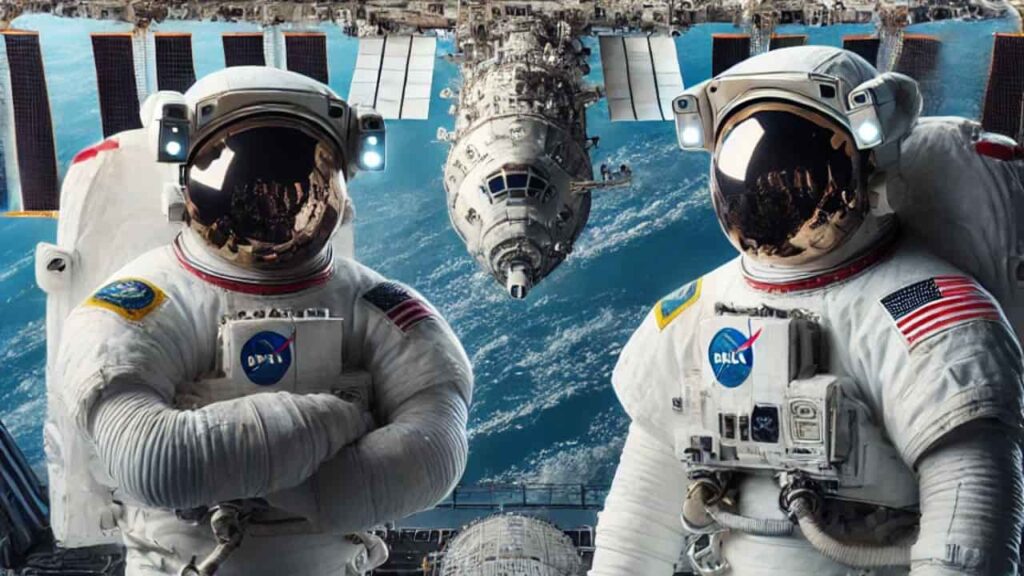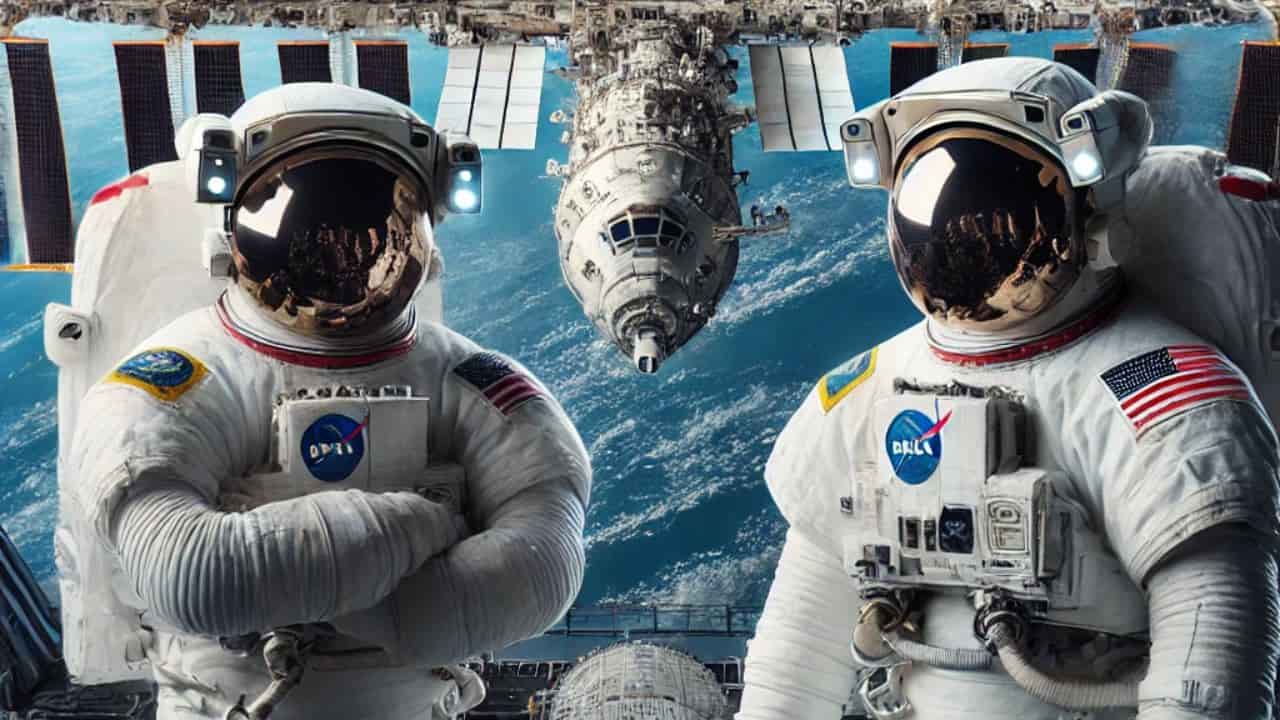NASA Boeing Starliner, ISS, International Space Station, spaceflight, astronauts, Barry Wilmore, Sunita Williams, spacecraft, thruster failures, helium leaks, space mission, commercial crew program
NASA astronauts Barry Wilmore and Sunita Williams express confidence in Boeing’s Starliner spacecraft despite facing technical challenges, including thruster failures and helium leaks. This article explores the astronauts’ perspectives, ongoing ground tests, and the significance of the Starliner mission in NASA’s commercial crew program.

NASA Astronauts Confident in Boeing’s Starliner for Safe Return
The two NASA astronauts who recently flew to the International Space Station (ISS) aboard Boeing’s Starliner spacecraft expressed confidence in the capsule’s ability to safely return them to Earth. Despite a series of technical issues that have delayed their return, astronauts Barry “Butch” Wilmore and Sunita Williams remain optimistic about the spacecraft’s performance.
Confidence Amid Challenges
Barry “Butch” Wilmore, a seasoned astronaut with two previous spaceflights under his belt, stated in a press briefing from the ISS that they are “absolutely confident” in their return journey aboard the Starliner. He acknowledged the issues encountered during the approach to the station, including thruster failures and helium leaks, but emphasized that the spacecraft was “truly impressive” despite these challenges.
As Wilmore took manual control of the autonomous spacecraft during its approach on June 6, he noticed the thrust was degraded. He noted that the degradation was evident, but the spacecraft’s performance remained impressive. Sunita Williams, also on her third spaceflight, shared Wilmore’s confidence, expressing a strong belief that the Starliner will bring them home safely.
Technical Issues and Delays
NASA and Boeing are conducting extensive ground tests to understand the cause of the thruster failures and helium leaks. During the spacecraft’s approach to the ISS, five of its reaction control thrusters, used for positioning, stopped working. Four of these thrusters resumed functioning, allowing for a successful docking. However, NASA has decided not to use the fifth thruster on the return trip. The spacecraft is equipped with a total of 28 thrusters on the service module, which handles power and propulsion.
In addition to the thruster issues, Starliner experienced five helium leaks in its propulsion system. While the leaks are considered small, NASA assured that there is sufficient helium for the remainder of the mission. The helium is critical for pressurizing the propulsion system.
Steve Stich, head of NASA’s commercial crew program, indicated that the crew could return by the end of July if ground tests do not reveal any major issues. However, he stressed the importance of following the data and making informed decisions about the timing of the return.
Mission Significance
This mission marks Starliner’s first flight with humans on board, a crucial test to evaluate its performance before it is used for regular crew rotations to the ISS. NASA’s collaboration with Boeing aims to diversify its crew transportation capabilities. Since 2020, SpaceX’s Dragon capsule has been ferrying astronauts to the ISS, and Starliner is intended to complement this capability.
Originally, Wilmore and Williams were scheduled to stay on the ISS for about 10 days. However, their return has been postponed three times due to the spacecraft’s technical problems. The teams are running tests at the White Sands Missile Range in New Mexico, replicating the flight profile to and from the ISS to diagnose the issues.
Ensuring Safety and Readiness
Stich emphasized that NASA is taking the necessary time to thoroughly investigate the spacecraft’s issues to avoid any surprises. He reassured that the astronauts are not stranded and that there are no plans for a rescue operation. The primary plan remains to return Wilmore and Williams on Starliner. He mentioned that, while there are alternative options, such as SpaceX’s Dragon spacecraft, there is no current discussion about using another Dragon to rescue the Starliner crew.
NASA has stated that Starliner is ready to fly the astronauts home in an emergency. This was tested when a satellite breakup in orbit posed a potential threat to the ISS, prompting Wilmore and Williams to board Starliner. The spacecraft functioned exceptionally well in this scenario, demonstrating its capability.
While on the ISS, Williams and Wilmore have continued to test the spacecraft, including loading it with a full crew of four astronauts to evaluate its life-support systems. Williams remarked that being on the ISS feels like returning home and expressed no complaints about the extended stay.
Looking Ahead
The confidence expressed by Wilmore and Williams underscores the resilience and dedication of the teams working on Starliner. Despite the technical challenges, the mission has provided valuable data and experience that will contribute to future flights. The successful resolution of these issues will be a significant milestone for Boeing and NASA, further enhancing their capabilities in crewed spaceflight.
The ongoing collaboration between NASA and commercial partners like Boeing and SpaceX is pivotal for the future of space exploration. Diversifying the means of transporting astronauts to and from the ISS ensures reliability and continuity in human spaceflight operations.
As NASA and Boeing continue their tests and analyses, the space community watches closely. The outcome of this mission will not only impact the future of the Starliner program but also shape the broader landscape of commercial spaceflight. With the combined efforts of engineers, scientists, and astronauts, the path to overcoming these challenges is being forged, paving the way for a robust and sustainable presence in space.
Read More
- Eight CubeSats Launch on Firefly Aerospace Rocket for NASA CubeSat Initiative
- NASA GOLD Mission Discovers Surprising Alphabetical Shapes in Earth Ionosphere
- NASA Perseverance Team Revives SHERLOC Instrument, Advancing Search for Ancient Martian Life
- NASA PREFIRE Mission: Tiny Satellites Measuring Earth Polar Heat Loss










